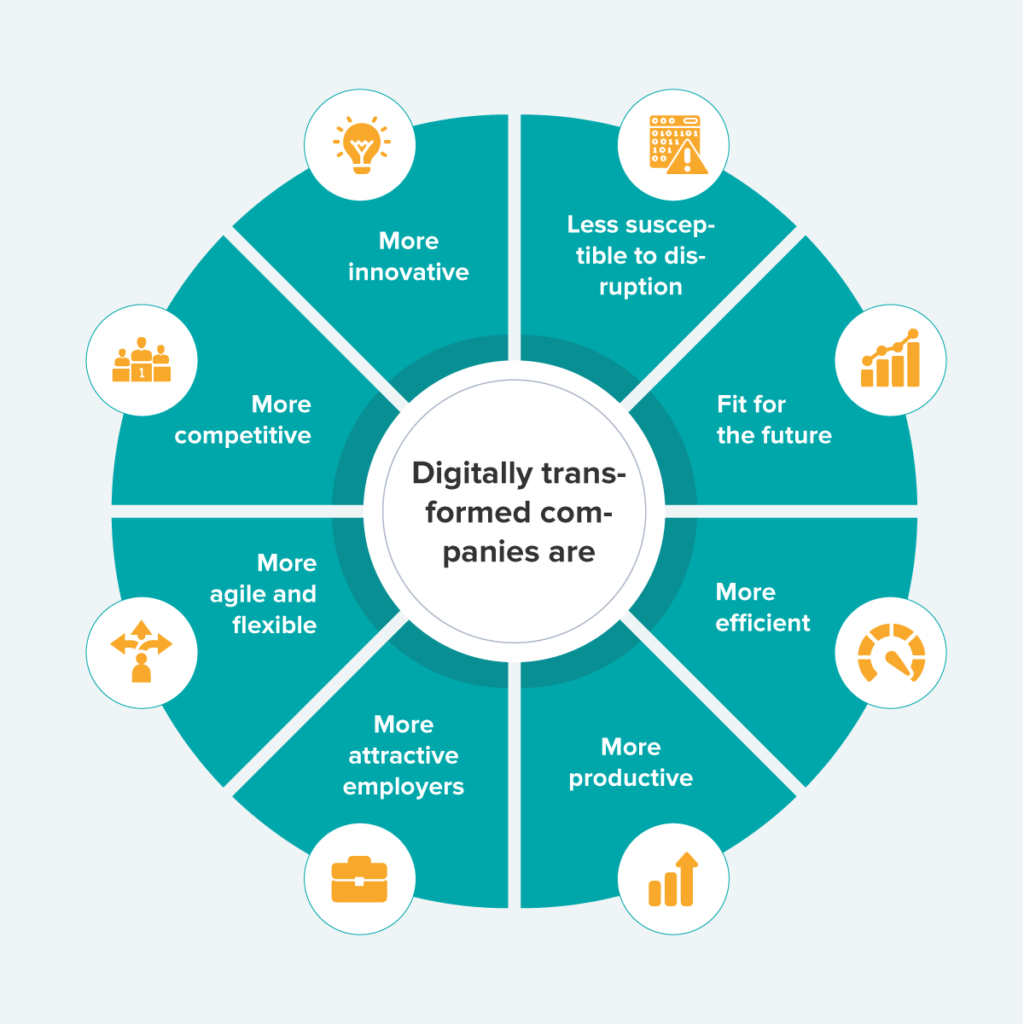CDNs and Their Role in Digital Transformation Initiatives

Content Delivery Networks (CDNs) are essential infrastructure for modern digital transformation initiatives. They play a crucial role in enhancing website performance, optimizing user experience, and supporting innovative applications.

Benefits of CDNs for Digital Transformation

- Improved Website Performance: CDNs cache content at multiple locations worldwide, reducing latency and improving page load time for users.
- Scalability and Resilience: CDNs enable businesses to handle increased traffic without compromising performance, ensuring website availability during peak usage.
- Enhanced User Experience: Fast and reliable content delivery improves user satisfaction, engagement, and conversions.
- Support for Web Applications: CDNs provide essential infrastructure for streaming media, interactive maps, and other bandwidth-intensive web applications.
- Security Enhancements: CDNs can help mitigate DDoS attacks, protect against web vulnerabilities, and provide secure content delivery.
How CDNs Accelerate Innovation
CDNs facilitate the adoption of emerging technologies and innovative applications, including:
- Internet of Things (IoT): CDNs can securely distribute firmware updates and software patches to IoT devices.
- Augmented Reality (AR) and Virtual Reality (VR): CDNs deliver high-resolution content for immersive experiences.
- Edge Computing: CDNs provide a distributed platform for edge computing, reducing latency and improving application performance.
- Machine Learning (ML): CDNs can store and distribute large datasets for training and deploying ML models.
- Cloud Gaming: CDNs enable low-latency cloud gaming experiences with reduced streaming delays.
Integrating CDNs into Digital Transformation Strategy
To leverage the full potential of CDNs in digital transformation initiatives, businesses need to:
- Identify Content and User Locations: Determine the types of content to cache and the geographic locations of target users.
- Choose a Reliable CDN Provider: Select a CDN with a robust infrastructure, proven reliability, and a range of features.
- Optimize Content Delivery: Use CDN features such as caching policies, load balancing, and content compression to optimize performance.
- Monitor and Measure CDN Impact: Track key performance indicators (KPIs) such as page load times, traffic volume, and user satisfaction to measure the effectiveness of the CDN.
- Integrate with Other Tools: Collaborate with other tools, such as website analytics and security systems, to enhance the overall digital experience.
Conclusion
CDNs are indispensable infrastructure for digital transformation initiatives. By improving website performance, enhancing user experience, and supporting innovative applications, they empower businesses to accelerate innovation, improve competitiveness, and deliver exceptional digital services to their customers.## Cdns And Their Role In Digital Transformation Initiatives
Executive Summary
Digital transformation is reshaping industries around the world, and Canada is no exception. Canadian businesses are increasingly adopting digital technologies to improve their operations, reach new customers, and gain a competitive advantage. This transformation is being driven by a number of factors, including the rise of cloud computing, the proliferation of mobile devices, and the growing importance of data analytics.
Key Points
- The role of the C-suite in digital transformation initiatives
- The different stages of digital transformation
- The benefits of digital transformation
- The challenges of digital transformation
- Best practices for digital transformation
Introduction
Digital transformation is not just about adopting new technologies. It’s about using those technologies to change the way you do business. This can be a daunting task, but it’s one that is essential for businesses that want to stay ahead of the curve.
In this article, we will explore the role of Canadian businesses in digital transformation initiatives. We will discuss different stages of digital transformation, the benefits and challenges of digital transformation, and best practices for digital transformation.
FAQs
Q: What is digital transformation?
A: Digital transformation is the process of using digital technologies to change the way you do business. This can involve using new technologies to improve your operations, reach new customers, or gain a competitive advantage.
Q: Why is digital transformation important?
A: Digital transformation is important because it can help businesses improve their efficiency, profitability, and customer satisfaction. It can also help businesses stay ahead of the competition and adapt to the changing needs of the market.
Q: What are the challenges of digital transformation?
A: Digital transformation can be a complex and challenging process. Some of the challenges businesses may face include:
- Lack of funding
- Lack of expertise
- Resistance to change
- Security concerns
Top 5 Subtopics
1. The Role of the C-Suite in Digital Transformation Initiatives
Digital transformation requires a strong commitment from the C-suite. The CEO and other C-level executives must understand the importance of digital transformation and be willing to invest in the necessary resources. They must also create a culture of innovation and experimentation within the organization.
2. The Different Stages of Digital Transformation
Digital transformation is not a one-size-fits-all process. There are different stages of digital transformation, and each stage requires a different approach. The following are some of the most common stages:
- Digitization: This is the process of converting analog data into digital data.
- Digitalization: This is the process of using digital technologies to improve your operations and processes.
- Digital transformation: This is the process of using digital technologies to change the way you do business.
3. The Benefits of Digital Transformation
There are many benefits to digital transformation, including:
- Improved efficiency
- Increased profitability
- Enhanced customer satisfaction
- Increased competitive advantage
4. The Challenges of Digital Transformation
Digital transformation can also be a challenge. Some of the most common challenges include:
- Lack of funding
- Lack of expertise
- Resistance to change
- Security concerns
5. Best Practices for Digital Transformation
There are a number of best practices that businesses can follow to improve the odds of success in their digital transformation initiatives, including:
- Create a clear vision and strategy for digital transformation
- Secure buy-in from the C-suite
- Invest in the necessary resources
- Create a culture of innovation and experimentation
- Monitor progress and make adjustments as needed
Conclusion
Digital transformation is a vital imperative for businesses that want to stay competitive in the 21st century. However, it is not without its challenges. Businesses that are willing to invest in digital transformation and follow best practices can reap the rewards of improved efficiency, profitability, customer satisfaction, and competitive advantage.
Keyword Tags
- Digital transformation
- C-suite
- Digital technology
- Business strategy
- Innovation
